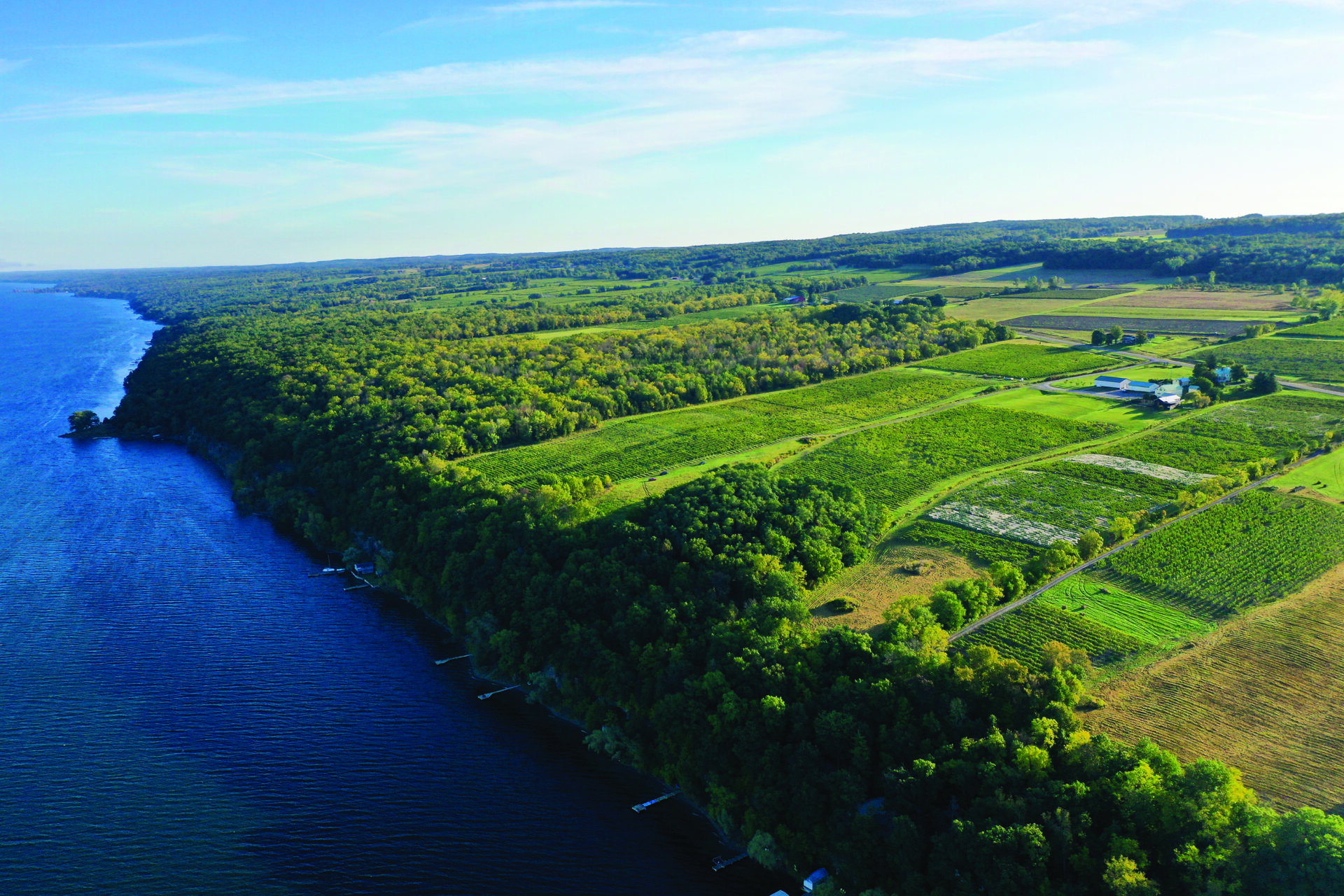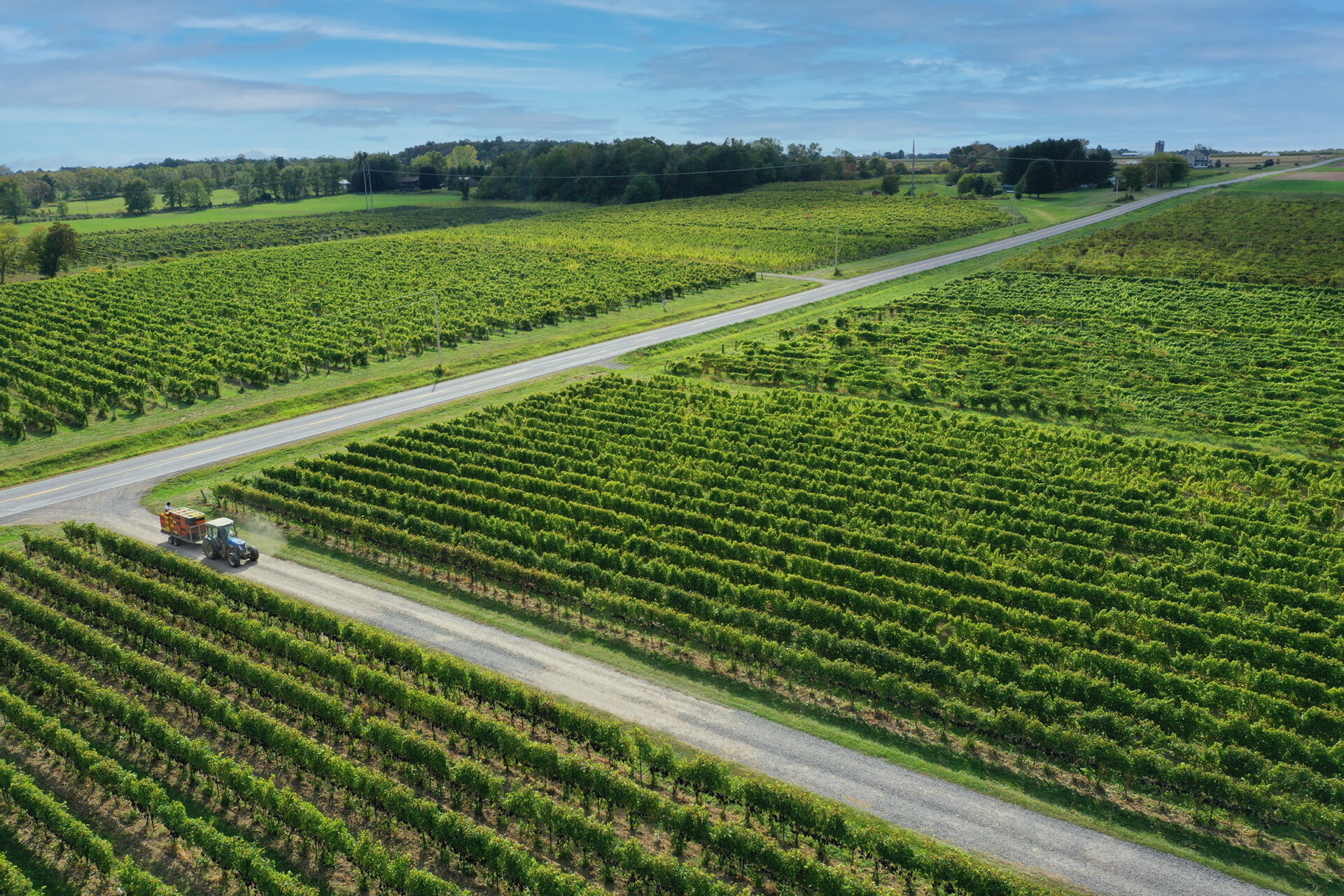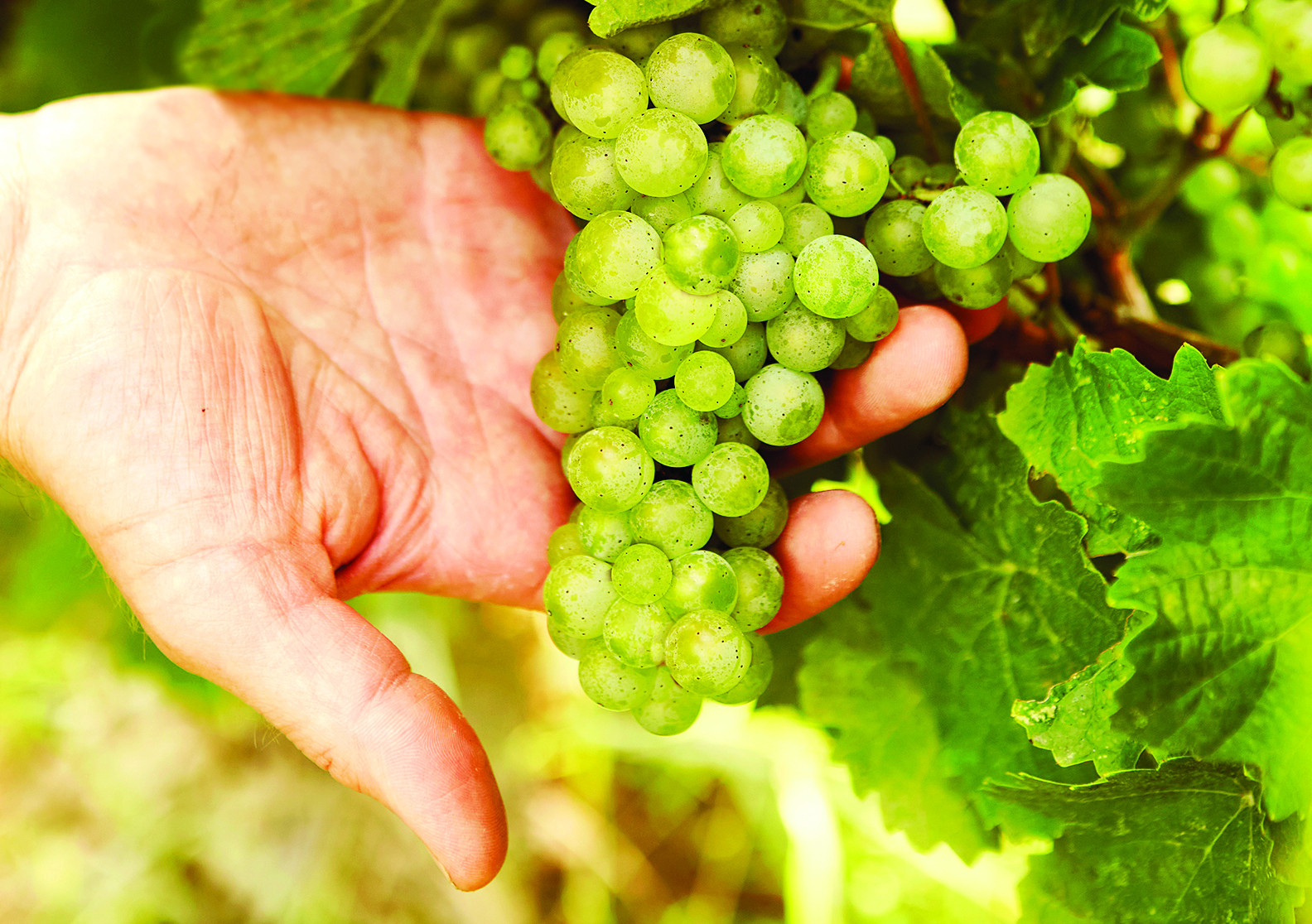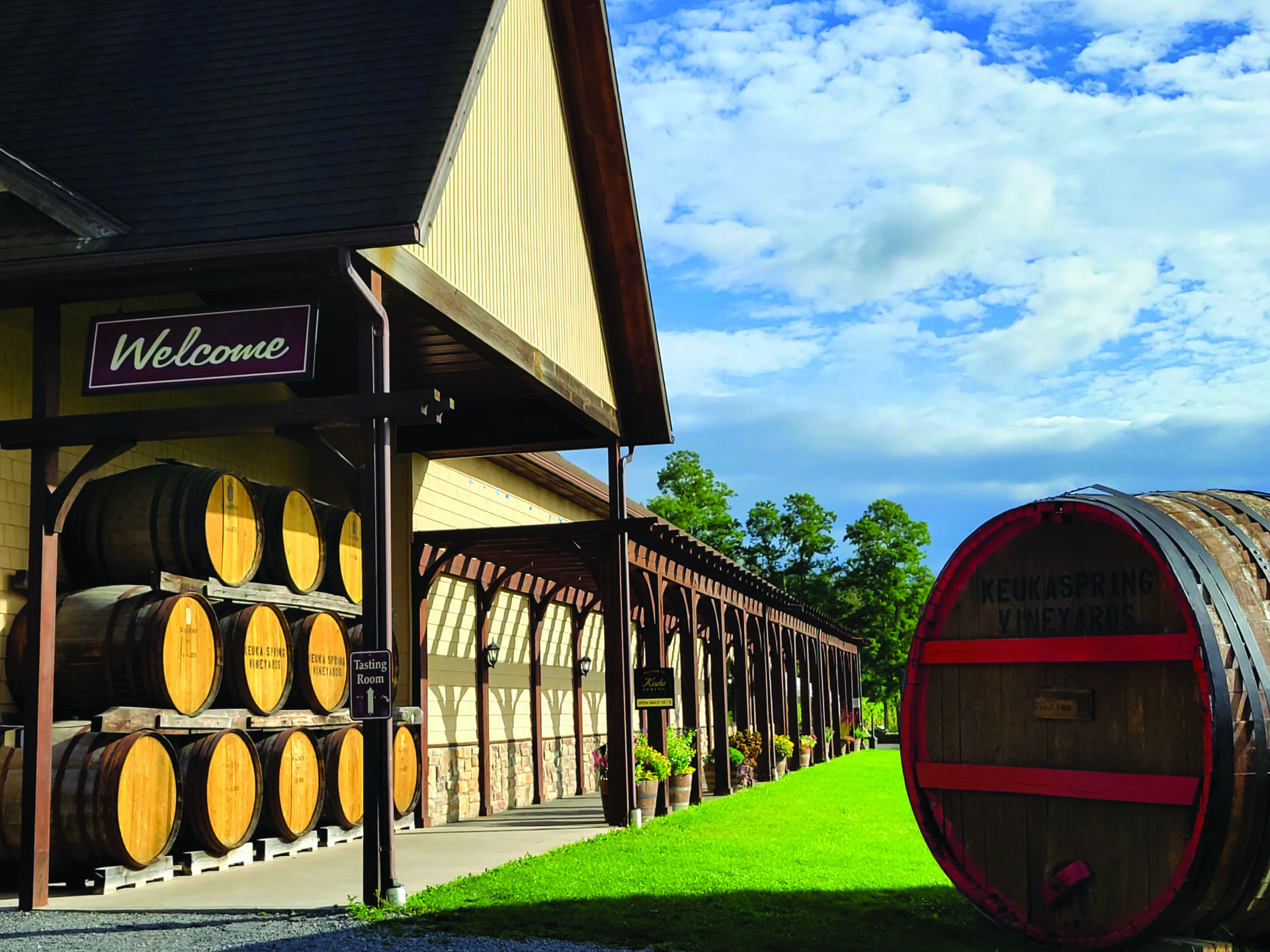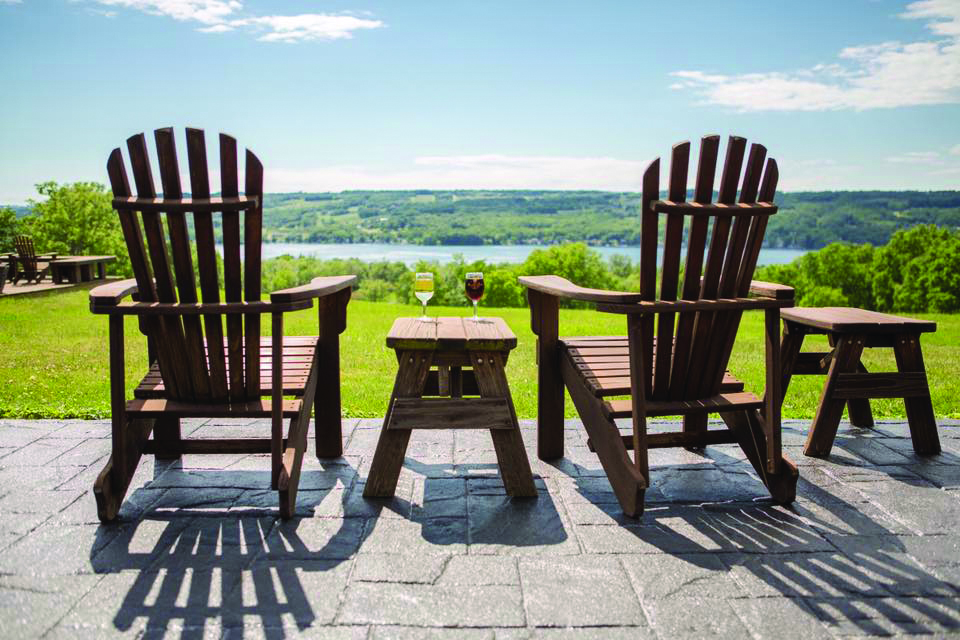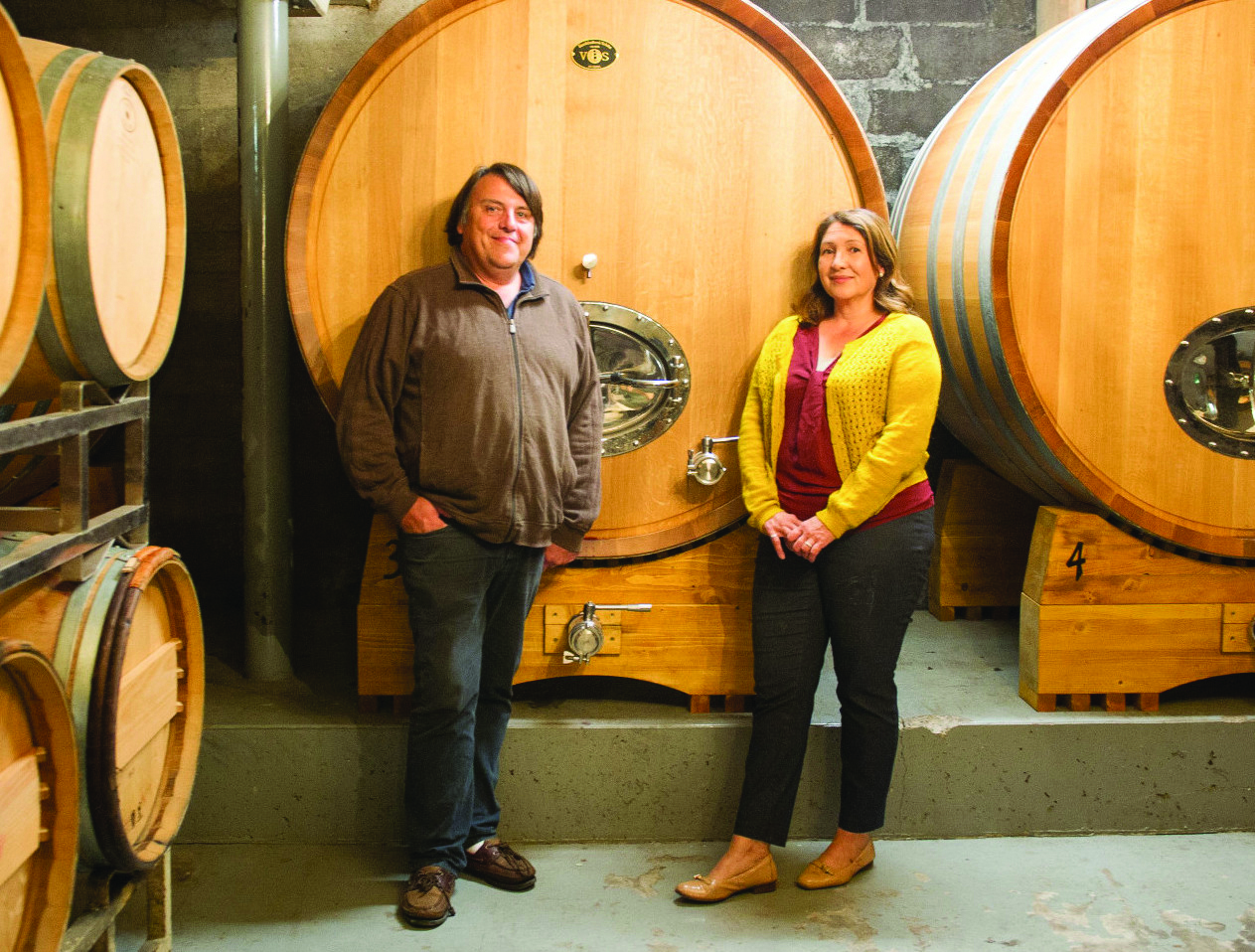Aptly named for the long, slender lakes that dramatically impact the region’s terroir, New York’s Finger Lakes AVA is a wholly unique place.
In the Finger Lakes, two of the sub-AVAs in the region directly flank the lakes on all sides. Seneca Lake and Cayuga Lake boast vineyards up and down the shorelines and much like other famous lake-influenced winegrowing regions—think Italy’s Franciacorta coupled with Lake Iseo or Austria’s Burgenland by Lake Neusiedl—the region purely exists and subsists because of these lakes.
LAKE-INFLUENCED TERROIR
The area is home to four major lakes: Seneca, Cayuga, Canandaigua, and Keuka. Although, there are several other smaller lakes encompassed within the greater Finger Lakes AVA as well. The impact of these bodies of water cannot be underestimated, as the area sees huge temperature fluctuations throughout the vine’s annual cycle and the lakes significantly temper the climate to make growing grapes possible. The vineyards’ proximity to the larger lakes prevents late spring frost and early bud break. It lengthens the ripening period in fall—though all the while, the region still sees very cool-climate growing conditions. Because the Finger Lakes AVA favors varietals crafted with high acidity and low alcohol, the standout varietal remains Riesling. Producers here are clearly and tirelessly caring for their vines, honing their craft, and triumphantly showcasing single-vineyard expressions of this highly aromatic varietal.
The lakes are “deep, mineral-rich, and carved by the receding glaciers from hundreds of millions of years ago,” said Benn Kierker, Director of Marketing at Ravines Wine Cellars. And the formation of these lakes brought a bounty of mineral deposits, smattering soils across the region. “Most of the vineyard sites in the region are on shale stone, but two of our three main vineyard sites are on limestone soil,” Kierker stated. Ravines Wine Cellars is home to the first European educated and trained winemaker in the region, Morten Hallgren, and their vineyard sites were specifically chosen for their significant slope near two of the larger lakes: Seneca Lake and Keuka Lake.
At Red Newt Cellars, self-professed homegrown Finger Lakes winegrower Kelby Russell works with four different vineyard sites surrounding Seneca Lake. In each location, the soil is different, ranging from flood-influenced gravel to rare sandstone to shale bedrock—the latter soil type reserved for their red grape varieties. In short, the diversity of soil has resulted in wines that are varied in personality and noticeably speak to the vineyard sites from which they come.
THEN AND NOW
“The Finger Lakes has been ‘up and coming’ for 30 years now, it sometimes feels like,” admitted Russell. “The funny thing is? While everyone has been waiting, we’ve arrived.” Over the last couple of decades, the youthful Finger Lakes winegrowing region has attracted talented winemakers, opened dozens of boutique wineries, and focused on becoming one of the East Coast’s premier tourism destinations for those looking for great food and wine and “natural splendor,” as Russell put it. More interest in the region from local tourists has increased the demand for distribution, and many producers are beginning to export their wines across the nation and worldwide.
Having been established initially as an AVA in 1982 and now home to more than 140 wineries with just under 10,000 acres of planted vines, the Finger Lakes AVA has trodden through the difficult early years of planting to figure out which varieties grow well—and today, they have enough financial investment to help those varieties thrive and succeed.
RIESLING and OTHER UNIQUE VARIETALS
For those already familiar with the Finger Lakes, it will be no surprise that Riesling remains the top-growing variety and most beautifully crafted varietal from this small-production region—but it wasn’t always that way. While Riesling has always been an important grape in the Finger Lakes, dry expressions were harder to come by in the early years. It wasn’t until 2002, when Morten Hallgren and his wife Lisa started Ravines Wine Cellars, took a cue from German vintners, and “pioneered the bone-dry, mineral-tinged Riesling style that the region is known for today,” said Kierker.
Other cool-climate varietals in the region include Gewürztraminer and Pinot Gris (and the rare Vignoles) for whites and Cabernet Franc and Blaufrankisch for reds; there’s even quite a bit of Pinot Noir and Chardonnay, both of which some producers are using to make stellar sparkling wines that offer a ton of quality at a very accessible price.
THE FUTURE of FINGER LAKES
From the quality level and style of Rieslings, it’s only a matter of time before producers start honing in on ideal expressions of other cool-climate varietals grown in the region. While Riesling is certainly king and bottlings are both highly expressive and impressive, reds like Cabernet Franc will take time to fine-tune. The sparkling display at Ravines Wine Cellars shows promise of a bright future for sparkling wines from the Finger Lakes; the obscure Vignoles from Keuka Springs prove that this varietal is worth keeping around.
Finger Lakes Favorites
Herman J Wiemer Vineyards & Winery
2019 Riesling, Magdalena Vineyard
This wine has a pleasant oxidative quality with bruised golden apple and ripe pineapple aromas. The palate flavors reflects the aromas with mouthwatering acidity and a hint of honey.
Keuka Springs Vineyards
2021 Riesling Classic
Aromas of petrol and stones open on the nose, while lemon and pear mingle on the refreshing palate, showing off a juicy finish.
2021 Vignoles
This Vignoles is crafted in a semi-sweet style, and its bright acidity brilliantly juxtaposes the kiss of sugar. It flaunts notes of yellow peach, Meyer lemon, sweet lime, and honey.
Ravines Wine Cellars
2019 Dry Riesling, 16 Falls Vineyards
This bouquet is classic Riesling: steely with aromas of flint, petrol, and lemon. In the mouth, the wine offers juicy acidity, notes of golden apple, and steely minerality.
2013 Brut Sparkling Wine
This aged offering of sparkling wine from Ravines Wine Cellars is a standout. Brioche and bruised golden apple aromas give way to a palate of effervescent perlage, brilliant acidity, a creamy mouthfeel, and flavors of golden apple and lemon. The baked bread finish is lovely.
Red Newt Cellars
2017 Dry Riesling
Quite varietally correct with aromas of petrol and lemon; the palate boasts bright acidity, creamy lemon, and green mango in its voluptuous body.
Standing Stone Vineyards
2019 Timeline Dry Riesling
Golden apple, pear, and minerals abound on the nose, while the palate expresses notes of pineapple, lychee, and golden apple with refreshing acidity.

